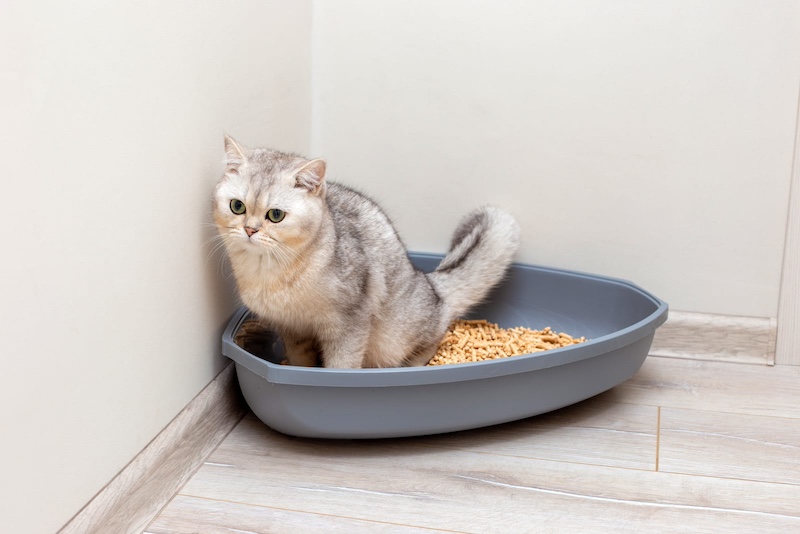Cat litter boxes are an essential part of cat care, but they come with a lot of misconceptions. These myths can lead to improper use, which affects both the cat’s health and the owner’s comfort. Read on to learn about ten common misconceptions about cat litter boxes and the truths behind them.
1. Cats Will Automatically Know How to Use a Litter Box
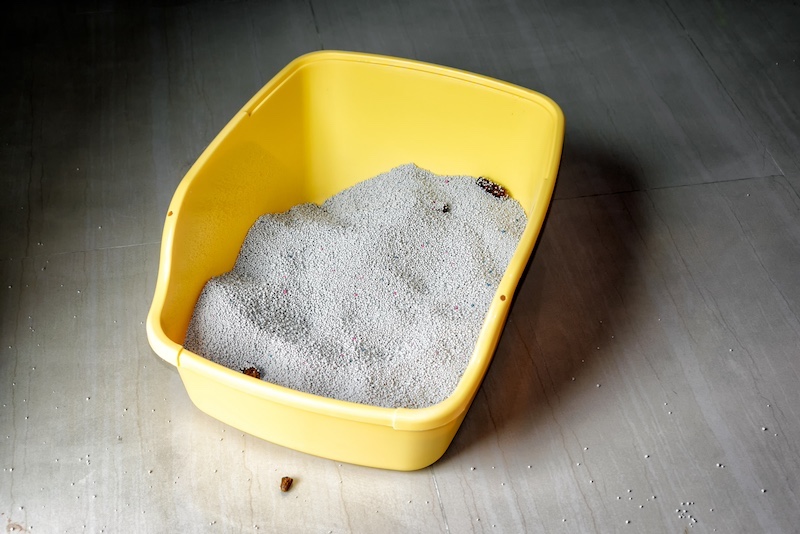
While cats have natural instincts for burying their waste, kittens need to be taught how to use a litter box. Most kittens learn by observing their mother, but if they’re not around other cats, you may need to guide them. Make sure the box is easily accessible and encourage them to use it by gently placing them inside.
2. You Only Need One Litter Box for Multiple Cats
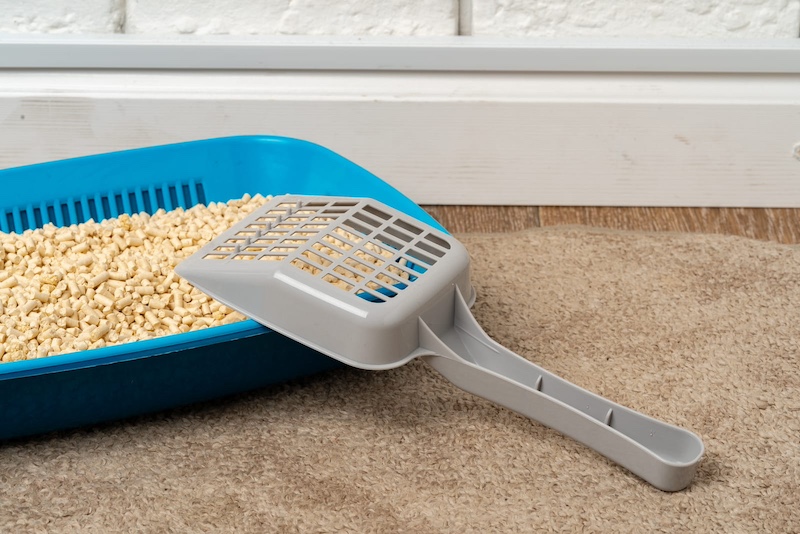
The general rule is to have one litter box per cat, plus one extra. Cats are territorial and may not like sharing their box. Multiple boxes help prevent territorial disputes and ensure that each cat has a clean and accessible place to relieve itself.
3. You Can Use Any Type of Cat Litter

There are several types of cat litter, including clumping, non-clumping, clay-based, and natural. Cats may have preferences or sensitivities to different types. Clumping litters make it easier to scoop out waste, while non-clumping ones absorb moisture. It’s essential to choose a litter that suits your cat’s needs and is comfortable for them.
4. It’s Okay to Place the Litter Box Anywhere
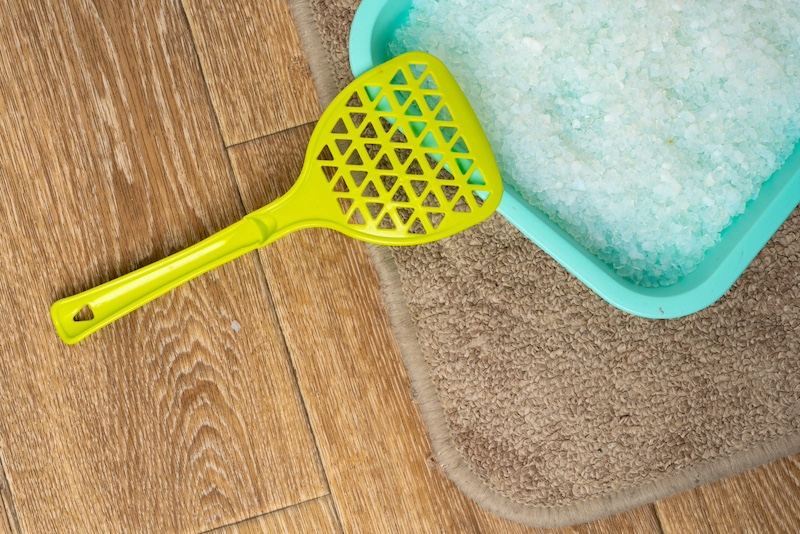
The location of the litter box is crucial. It should be in a quiet, easily accessible area where your cat feels safe. Avoid placing it near their food and water bowls. If the box is in a high-traffic area or a place where your cat feels cornered, they may avoid using it.
5. Litter Boxes Don’t Need Regular Cleaning
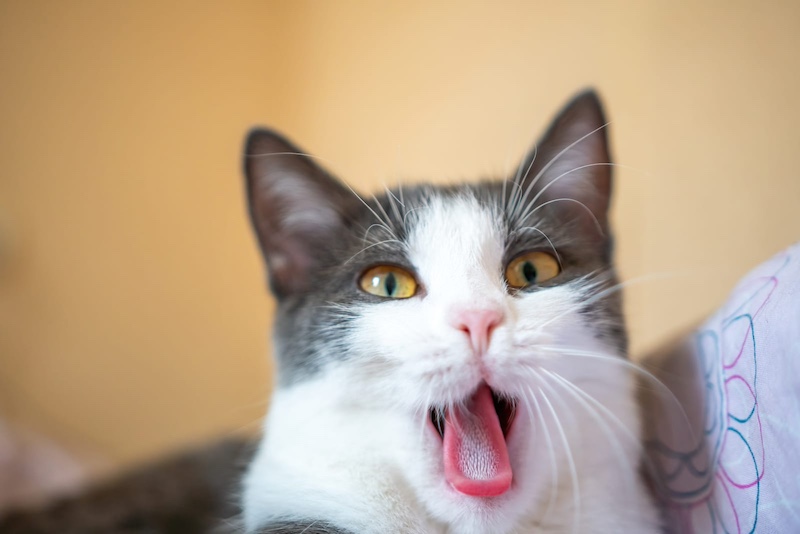
Regular cleaning is essential for maintaining a healthy environment. Scoop out waste daily and change the litter and clean the box with soap and water weekly. A dirty litter box can lead to health issues for your cat and unpleasant odors in your home.
6. Covering the Litter Box is Better
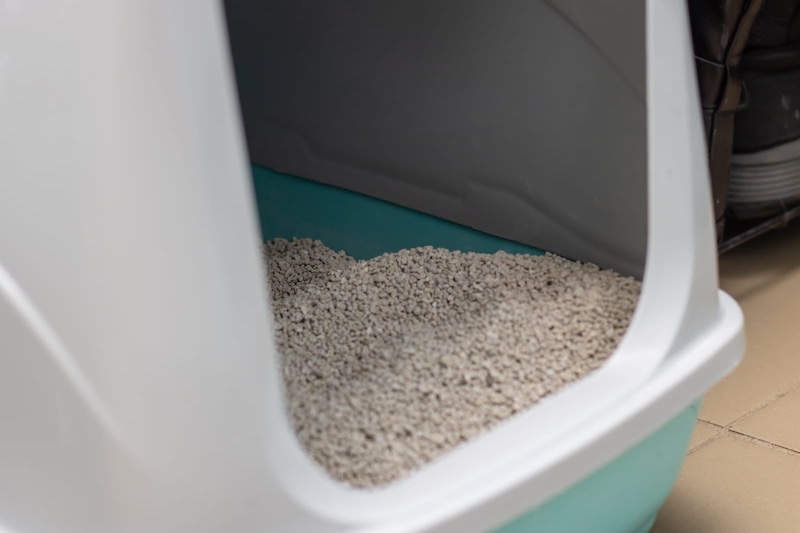
While covered litter boxes can help with odor control, some cats prefer open boxes. Covered boxes can trap odors and make it harder for cats to breathe. They may also deter some cats from using the box. Observe your cat’s preference and choose a box that makes them comfortable.
7. Scented Litters Are Better at Controlling Odors

Some cats are sensitive to strong scents and may avoid using a litter box with heavily scented litter. Unscented, clumping litter is often a better choice as it absorbs odors without overwhelming your cat with artificial fragrances.
8. You Can Skip the Box if Your Cat Uses the Outdoors
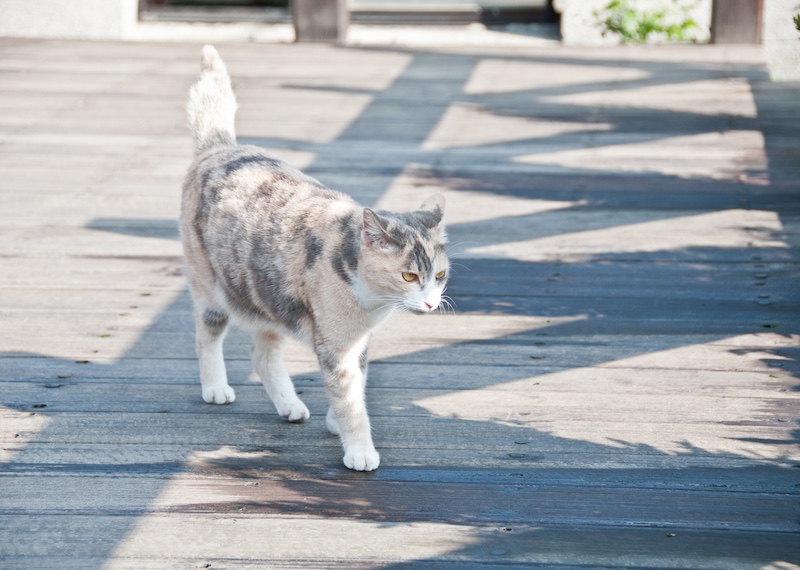
Even outdoor cats need access to an indoor litter box, especially in inclement weather or if they’re confined indoors for any reason. It’s a good practice to provide a litter box to ensure they always have a clean place to go.
9. Litter Box Problems are Always Behavioral
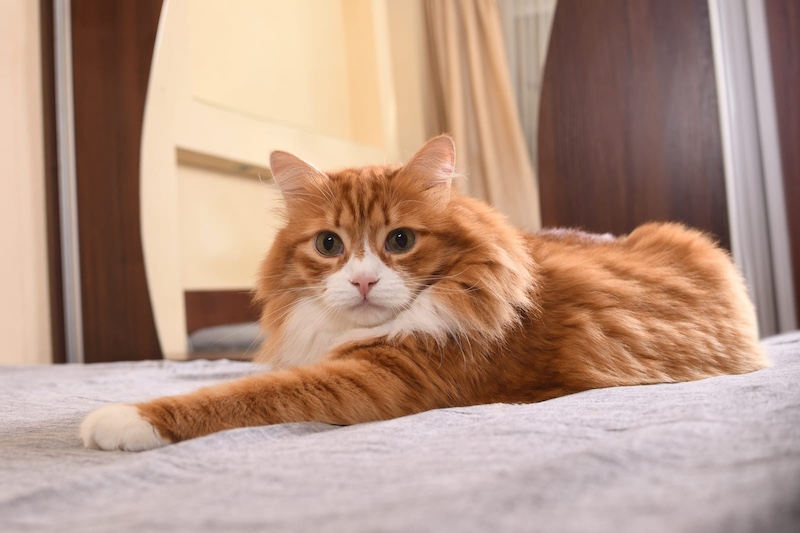
Often, litter box issues are related to health problems or environmental factors rather than just behavioral issues. If a cat refuses to use the litter box, it could be a sign of a urinary tract infection, constipation, or other health concerns. Always consult a veterinarian if you notice changes in your cat’s litter box habits.
10. The Size of the Litter Box Doesn’t Matter
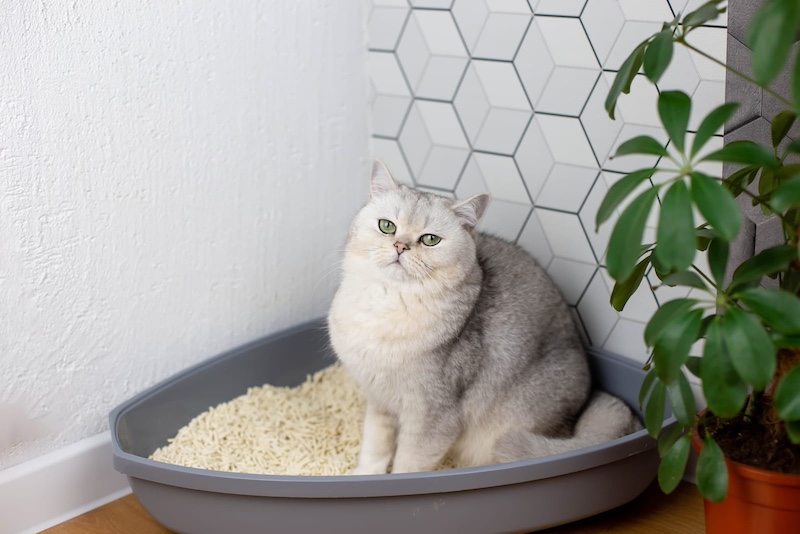
The size of the litter box is important for your cat’s comfort. It should be large enough for them to enter, turn around, and dig comfortably. A box that is too small can deter your cat from using it and lead to accidents outside the box.
This content was created with the assistance of AI and thoroughly edited by a human before publishing.

